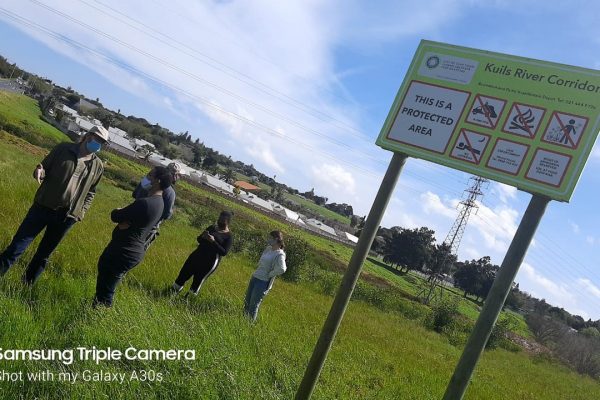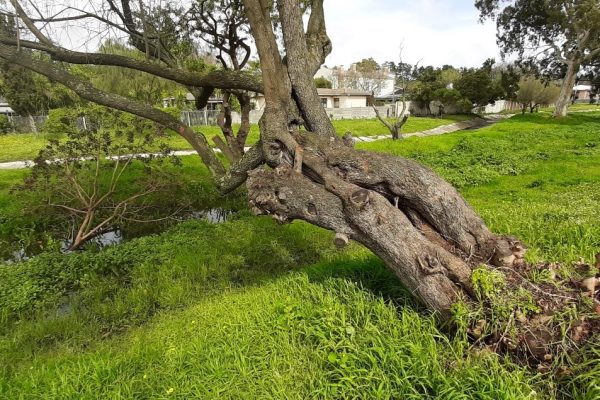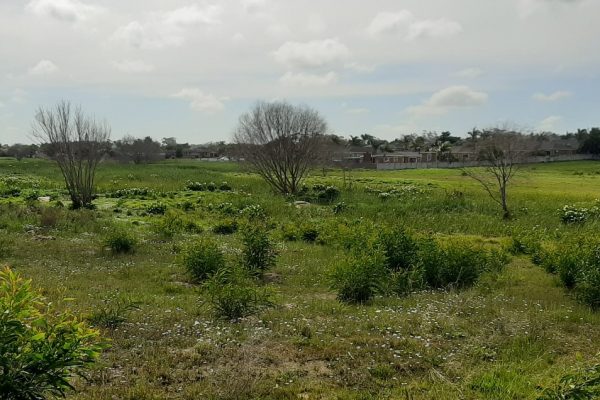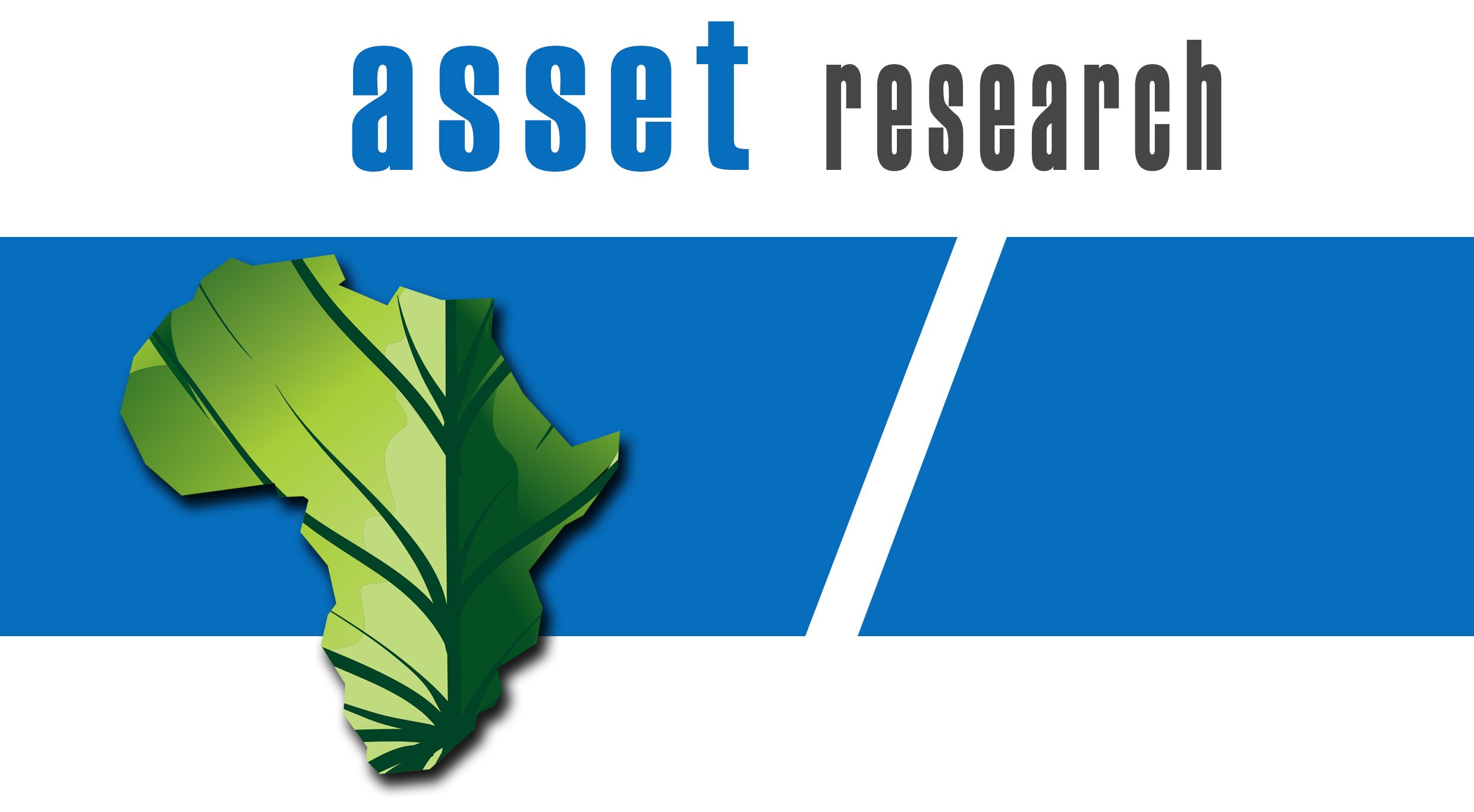In urban areas, like Cape Town, rivers have been pervasively modified by numerous anthropocentric pressures, including flood control management, as well as increasing demands for agricultural, commercial and residential space. The State of Rivers Report, the State of Environmental Outlook and several field visits reveal that the Kuils river is severely polluted by overburdened wastewater treatment works, invasive alien vegetation, stormwater discharges as well as urban and agricultural runoff. Afflicted with these pollution pressures and given that close to 60% of the Kuils river is canalised (Figure 1), the river is characterised by substantial ecological dysfunction. International studies have shown that ecological dysfunction of urban rivers is rooted in contexts of dysfunctional social and governance systems. Fit-for-purpose and contextually appropriate governance frameworks for urban river restoration and supporting evidence-based approaches to monitor, evaluate, report and verify the ecological and social impact of restoration interventions are under-researched. This also applies to the 23-kilometre-long Kuils river system – which flows from its source in Durbanville, through Bellville, Kuils rivier and Blue Downs to the sea in False Bay, near the town of Macassar.

Against this backdrop, a research study under the auspices of Stellenbosch University, A Rocha, SAEON and ASSET Research is underway to develop a practically feasible governance framework for the restoration of the Kuils river. The study aligns with SDG Target 6.6 and the UN Convention on Biological Diversity’s Aichi Biodiversity Target 15 which underscore the imperative to ‘restore water-related ecosystems’ including rivers (UN, 2015) for securing the resilient contribution of life-supporting ecosystem services (UNEP, 2012 & 2016). Given that 2021 to 2030 has been declared the UN Decade of Ecosystem Restoration, there is no time like the present to conduct this study. The study employs an interdisciplinary approach incorporating three components, namely: governance, social and ecological. The study is being conducted by Willan Adonis (governance), Akhona Xotyeni (social) and Bianca Hagen (ecology) – Environmental Management Masters students at Stellenbosch University – under the supervision of Prof Martin de Wit, Prof James Blignaut and Prof Karen Esler (as shown below in Figure 2).

By conducting empirical research and building on and comparing international case studies, the overall aim of this research study is to identify and develop a practicably feasible and generally accepted governance framework for the restoration of the Kuils river. As illustrated in the multi-dimensional framework in Figure 3 below, each of the three study components has a particular aim which contributes to the realisation of the study’s overall aim.

GOVERNANCE – Willan Adonis
In contrast to top-down regulation where government has the position as the only and most influential entity in decision making, governance requires the inclusion of diverse actors and organisations – with diverse perspectives, values, knowledge, and scales of concern – in the deliberation and implementation of decisions. Numerous studies show that for urban river restoration programs to garner long-term commitment to their implementation, they need to be grounded and negotiated locally so that the specific objectives of the project align with the values of the local community (Eden & Tunstall, 2006; Lee & Choi, 2012; Warner et al., 2012; Francis, 2014). Therefore, a contextually appropriate urban river restoration governance framework comes together with an institutional setting that enables rigorous community engagement in solidarities and partnership networks with government, the private sector, restoration practitioners, and civil society.

To ascertain what institutional and organisational provisions are required to restore the Kuils river, this study’s methods include a comprehensive literature review on existing policy documents relevant to the Kuils river, urban river governance literature, and worldwide urban river restoration case studies. In addition, interviews will be held with identified urban river and ecological infrastructure managers in Cape Town, and citizen groups neighbouring the Kuils river.
SOCIAL – Akhona Xotyeni
This study aims to understand why people are divorced from the natural environment by looking at the historic and political climate which shaped our relations with nature. Over the years, urban river restoration has mainly been driven by government officials, natural scientists and economists with poor collaboration with local communities. This is one of the reasons for poor sustainability of the initiatives over the years. Community members need to become co-custodians of their natural resources as this will assign value and responsibility for them to conserve their resources. The whole notion of environmental governance is about eliminating the top-down and centralised government system and allowing people to become co-managers alongside public and private sector actors. Public-private-civil society relationships increase the likelihood of sustainable river restoration than if each were to work in silos. The methods utilised in this study include in-depth focus groups with communities and interviews with civil society representatives.

ECOLOGY – Bianca Hagen
Given the prevailing human-nature tug-of-war at play in the Kuils river, there is, thus, a need for assessing the current (ecological) state of the Kuils river in order to suggest a way forward in terms of its rehabilitation. For this study, land-use change and ecosystem service provision of the Kuils river will be assessed for the last half a century to uncover the drivers of ecological change of the Kuils river.

In addition to this, the water quality of various points along the river will be assessed and compared to previous reports on the river. These results will then be used to identify strategies that can be used to address the degradation of the river, while also identifying areas for potential ecological restoration and conservation (Figure 6 & 7).

The research team believes that a focus on institutional healing, social healing, and ecological healing, brings to bear the dictum ‘Restore the Kuils river, Revitalise its people’

